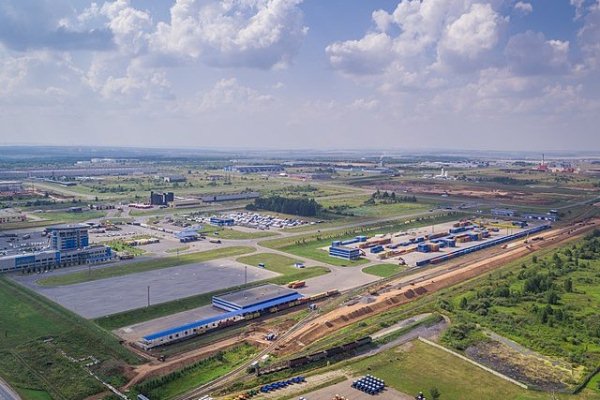Amid increasing competition for international investment, there has been explosive growth in the use of special economic zones (SEZs) as key policy instruments to attract investment for industrial development, according to a new report from the United Nations Conference on Trade and Development (UNCTAD).
In the World Investment Report 2019, UNCTAD said more than 1,000 SEZs have been developed worldwide in the last five years, raising the global tally to nearly 5,400, up from 4,000 five years ago. At least 500 more are in the pipeline for the coming years.
The industrial zones, which offer fiscal incentives and streamlined regulations to attract foreign direct investment (FDI), are common in most developing and many developed economies. More than 145 economies operate such zones today.
“There are many examples of SEZs that have played a key role in transforming economies, promoting greater participation in global value chains and catalysing industrial upgrading,” UNCTAD Secretary-General Mukhisa Kituyi said.
“But for every success story there are multiple zones that did not attract the anticipated influx of investors, with some becoming costly failures,” Kituyi added.
SEZs are remodelling as they look beyond manufacturing to attract more investment, in line with shifts in the global economy.
Some focus on new industries, such as high-tech, financial services, or tourism. Others are targeting environmental performance, science commercialization, regional development or urban regeneration.
International cooperation on zone development is increasingly common, the report finds. Many zones are being built through bilateral partnerships.
Regional development zones and cross-border zones spanning two or three countries are also becoming a feature of regional economic cooperation.
The surge in SEZs comes as global FDI continues to weaken. UNCTAD reports that global FDI flows fell at double-digit rates in 2018, the third consecutive annual decline, the contraction largely caused by U.S. multinationals repatriating earnings from abroad.
The report observes that only a few countries regularly assess the performance and economic impact of their SEZs, and therefore proposes an SEZ sustainable development profit and loss statement to guide policymakers in the design of a comprehensive monitoring and evaluation system.
The report emphasizes the need for financial and fiscal sustainability of zones, as their broader economic growth impact can take time to materialize.
High up-front costs due to over-specification, subsidies for zone occupants, and transfers to zone regimes of already operating firms pose the greatest risks to fiscal viability.
The report sets out lessons learned on the design, operations and governance of zones aimed at minimizing risks and maximizing the development impact of zones.
Photo: ОЭЗ «Алабуга»









